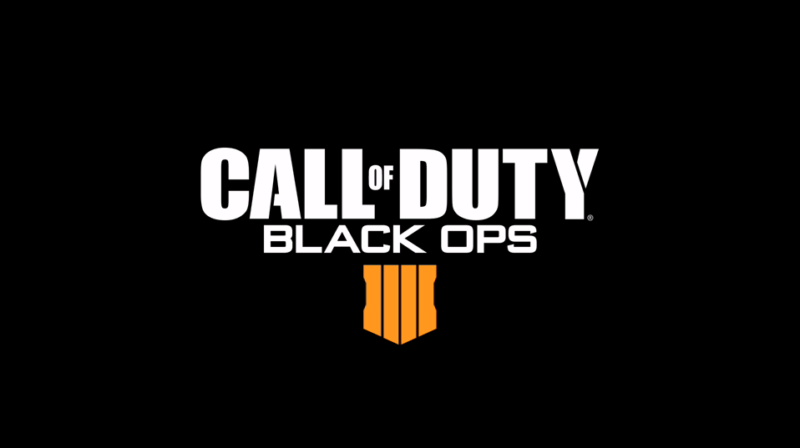
Sometimes it seems like Call of Duty is living out a midlife crisis of sorts. When the World War II theme of its origins began to wear on developer creativity, Infinity Ward made the transition into the realm of speculative military fiction with Call of Duty 4: Modern Warfare to great success. And so the world enjoyed–and later endured–one modern military shooter after another from the celebrated franchise for several years. Publisher Activision even had the idea to mix up the series’ themes by assigning different developers to work on the games. Eventually, though, the sales began to decline as Call of Duty tried on different flavors (from Ghosts to Advanced Warfare to Infinite Warfare to a return to history with WW2) of the fairly unchanged arena multiplayer shooter gameplay, with fans remaining unmoved or annoyed by developer efforts to inject new life into the long-running series. Now, Treyarch and Activision hope to give Call of Duty another shot in the arm by incorporating the latest multiplayer gaming trend into Black Ops 4: battle royale.
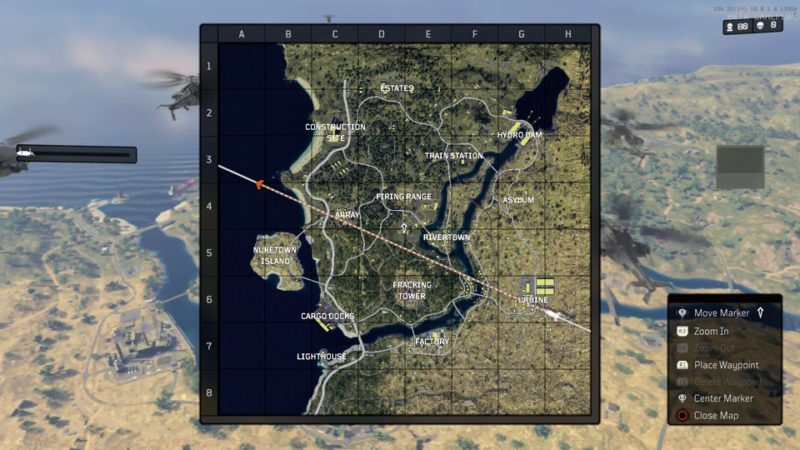
Blackout, the battle royale mode introduced in Black Ops 4, has the combined advantage of having more technical stability than PlayerUnknown’s Battlegrounds (I didn’t experience any lag or server issues during matchmaking or during matches) while wearing a more serious coat of paint than the Pixar-esque looking Fortnite. Other than these things, however, there’s not a lot to distinguish this battle royale offering from its competitors. In fact, it’s almost what it doesn’t bring to the table that stands out more. It offers about what players would expect: solo, duo, or small group based options (“quads” as the 4-man team option is dubbed) for solid, unfussy FPS gameplay (no bullet drop here, it seems) aimed at being the last person or team standing. There’s a little bit of Call of Duty flavor in the form of map locations and support items, but Blackout seems to be going more in the “conventional, but solid” direction of game design.
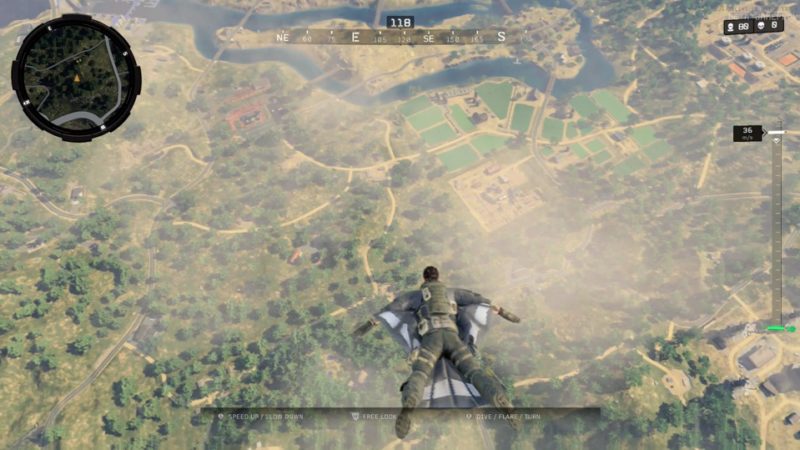
Players drop into the big map from helicopters while wearing wingsuits. Reaching ground level is quick and graceful, with notably less waiting time than Fortnite’s parachutes require. Several of the locations on the map are throwbacks to past Call of Duty multiplayer maps: Firing Range and Array invokes their titular maps from the original Black Ops, for example. Nuketown has now become Nuketown Island, and some zombies from the popular survival mode have made their way into certain areas, like Asylum. This adds some flavor to the experience, but most of these notable locations are limited to one major building while all the minor surrounding structures are repeats of the same houses, gas stations, and mini offices.
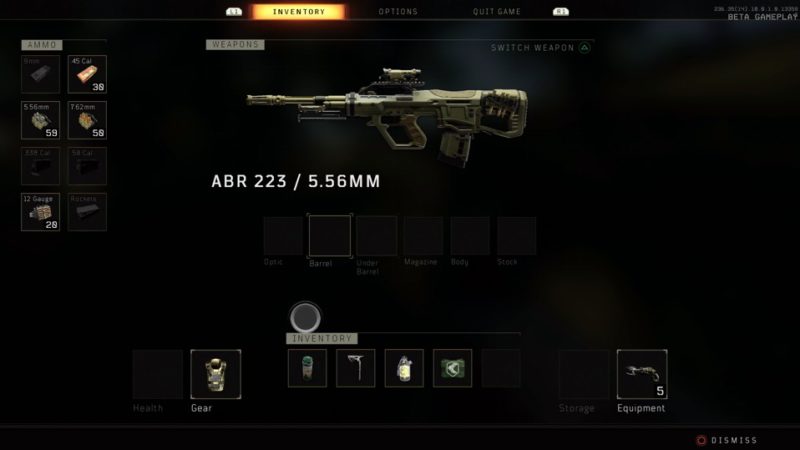
It’s hard to find a lot of value in the different guns simply because they mostly seem to function identically outside of major model differences. I imagine that there are some subtle differences between the various assault rifles, possibly limits on which attachments or ammo can be used, but for the most part a rifle is a rifle. A shotgun is a shotgun. A pistol is a pistol. And so on. It’s also a bit difficult to comfortably identify and pick up guns on the ground without standing right on top of them and staring downwards. The field of view on the PlayStation 4 version of the beta is a bit claustrophobic at times, at least for a game where being aware of your surroundings at all times is important. Firefights don’t last long unless players are roughly 40 yards or more apart and/or have cover to hide behind. Success is often about getting the jump on unaware players while avoiding having the same thing happen to yourself.
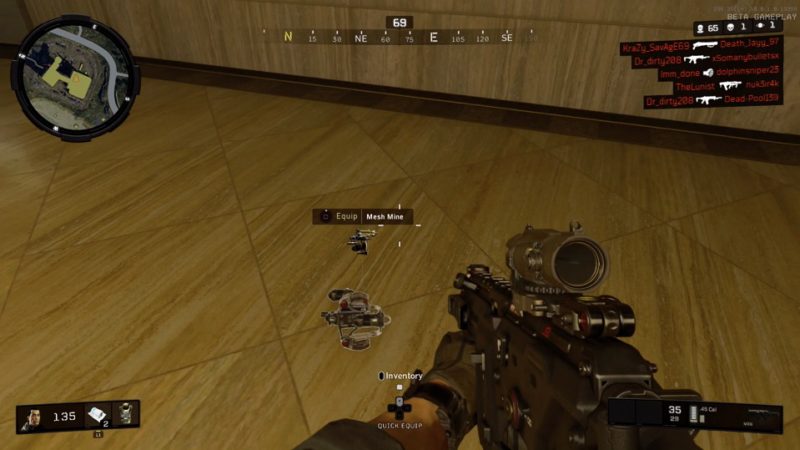
Some additional Call of Duty flavor can be found in the collectible items strewn throughout the map. Beyond the basic necessities like first aid kits, armor, and weapon attachments, players can also find unique sub-weapons and perks that offer power ups. Sub-weapons include fun things like grappling hook guns, throwing axes, and mine throwers. Perks offer benefits like reduced damage from the storm that slowly closes in on the map, or increases to your maximum health. The sub-weapons in particular help to make Blackout stand out as its own battle royale offering more, even though they exist entirely as support tools and not main attractions.
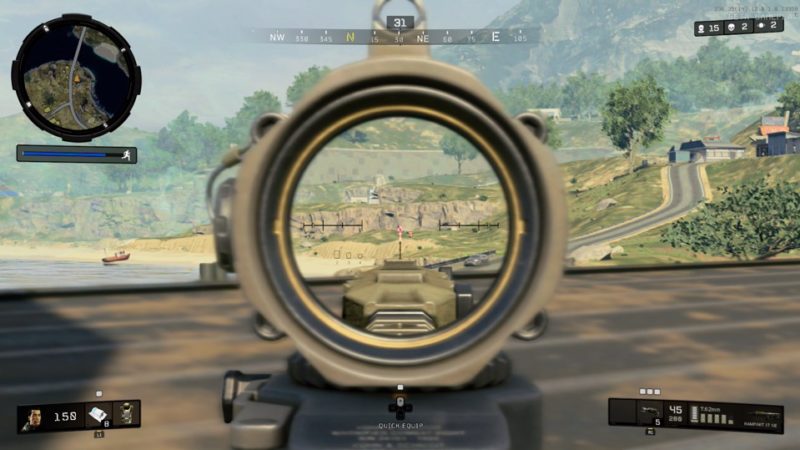
So far, Blackout seems destined to take a somewhat bland but reliable position as a battle royale game. I can see it becoming very popular simply for its online stability and accessible gameplay. There aren’t a lot of gimmicks to fiddle around with (like building structures in Fortnite), or technical issues and cheaters for players to bemoan (as in PlayerUnknown’s Battlegrounds), which allows Blackout to provide a nice middleground for players who don’t want to deal with the gameplay intricacies or hiccups of PUBG but still want the modern military aesthetic.
For more information and the latest intel check out: www.callofduty.com,
Related: Call of Duty: Black Ops 4 Blackout Beta Now Live, First on PlayStation 4
I've been gaming for 22 years, ever since my mom picked up a secondhand NES, and I've played on just about every gaming platform out there since. I think video games are one of most innovative and artistic mediums in the world today, and I'm always curious how developers will surprise me next.





More Stories
DAIMON BLADES Preview for Steam Early Access
ReStory Preview for Steam
Firefighting Simulator: Ignite Releases Parker’s Story DLC for PC and Console